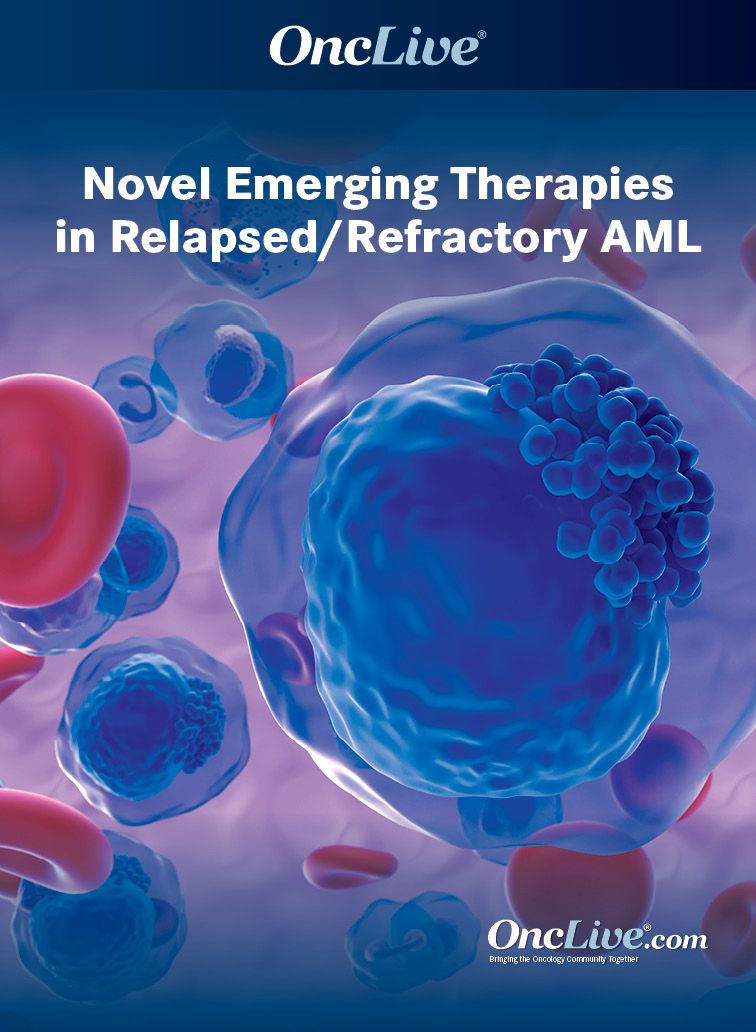Publication
Video
Supplements and Featured Publications
Dr. Sallman on the Role of Uproleselan in Targeting E-Selectin in AML
Author(s):
David Sallman, MD, discusses the role of uproleselan (GMI-1271) when utilized in acute myeloid leukemia.
David Sallman, MD, assistant member, Department of Malignant Hematology, Moffitt Cancer Center, discusses the role of uproleselan (GMI-1271) when utilized in acute myeloid leukemia (AML).
Uproleselan is a novel and specific inhibitor of E-selectin, which is vascular-adhesion molecule expressed on the vascular endothelium, Sallman says. In patients with AML, E-selectin can assist leukocytes in sticking to the vessel wall, sheltering the leukemic stem cells from chemotherapy and other agents in the bone-marrow microenvironment, Sallman explains. These cells typically do not divide, which is critical, since intensive chemotherapy targets cells that undergo active cell cycles, Sallman continues.
There are other potential bone-marrow microenvironment markers that may be targeted, though research with E-selectin is the farthest along, Sallman says. Moreover, additional research has demonstrated that E-selectin may help support and nurture leukemic stem cells, Sallman explains.
Overall, the goal is to utilize uproleselan in conjunction with intensive chemotherapy to target these specific leukemic stem cells that are a major driver of relapse, Sallman concludes.










